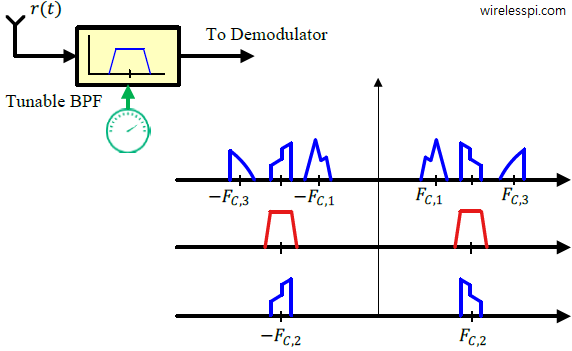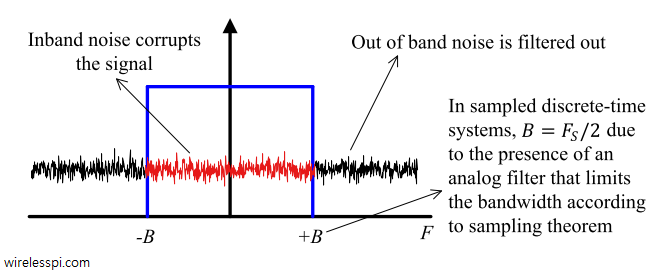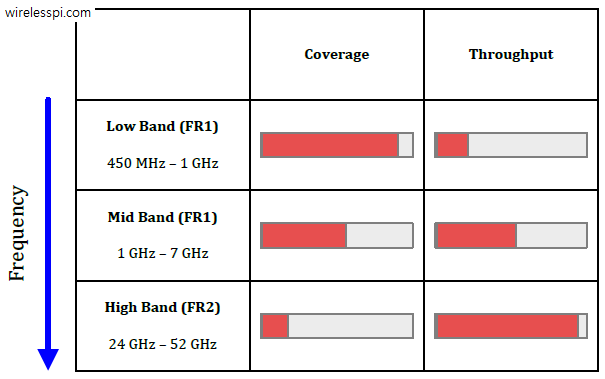The tasks of a communications receiver to demodulate the transmitted signal begin with selecting the signal within a specific bandwidth at a desired frequency, commonly known as a particular channel. In another article, we discuss specifications for a radio receiver such as dynamic range, noise floor and sensitivity. Today we discuss an architecture used in earlier generations of radios. To avoid interference from the neighboring channels, the most straightforward approach is to filter out the spectral contents outside this channel and amplify the desired signal in one or more RF amplification stages. This was one of the earliest techniques employed
Continue reading



